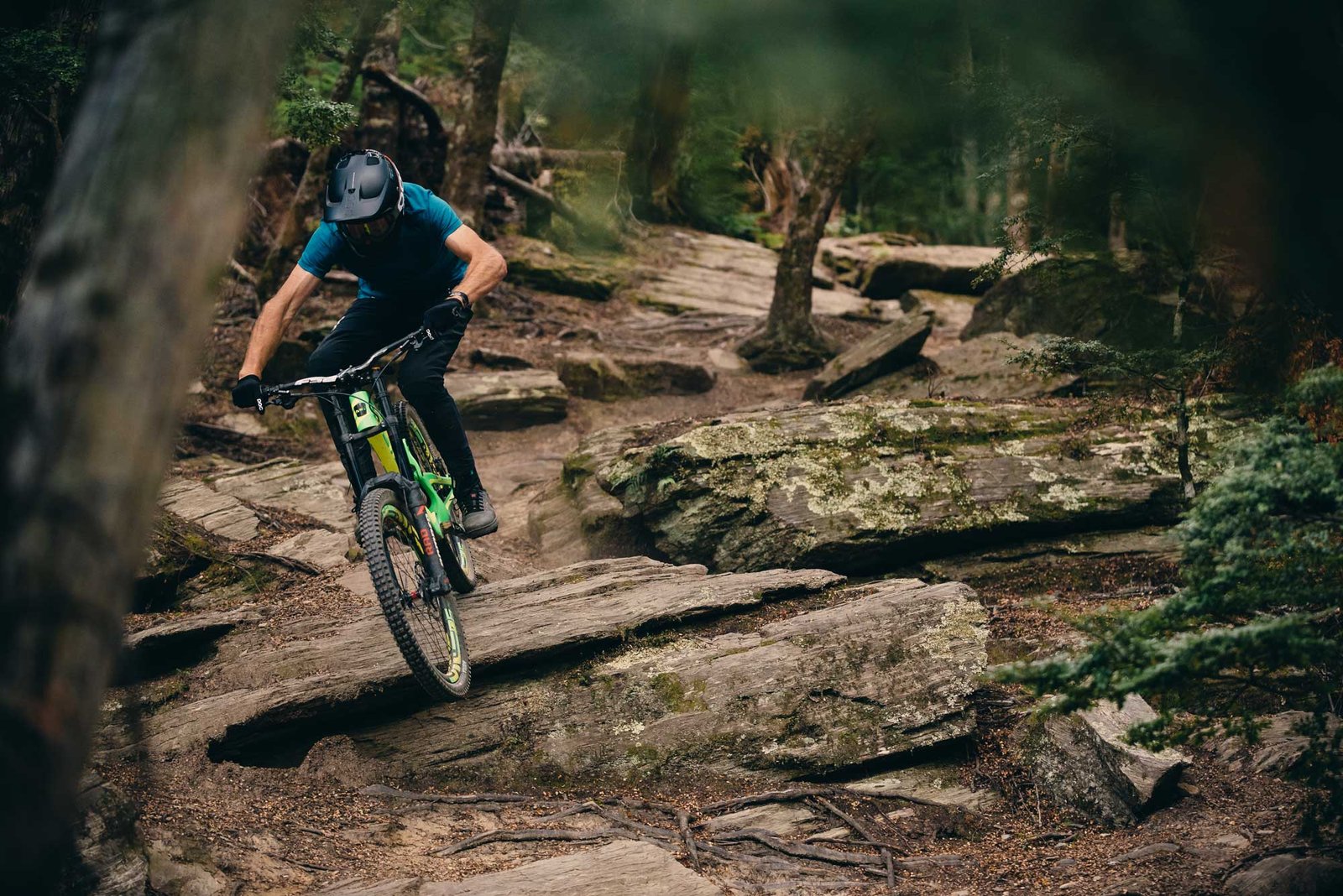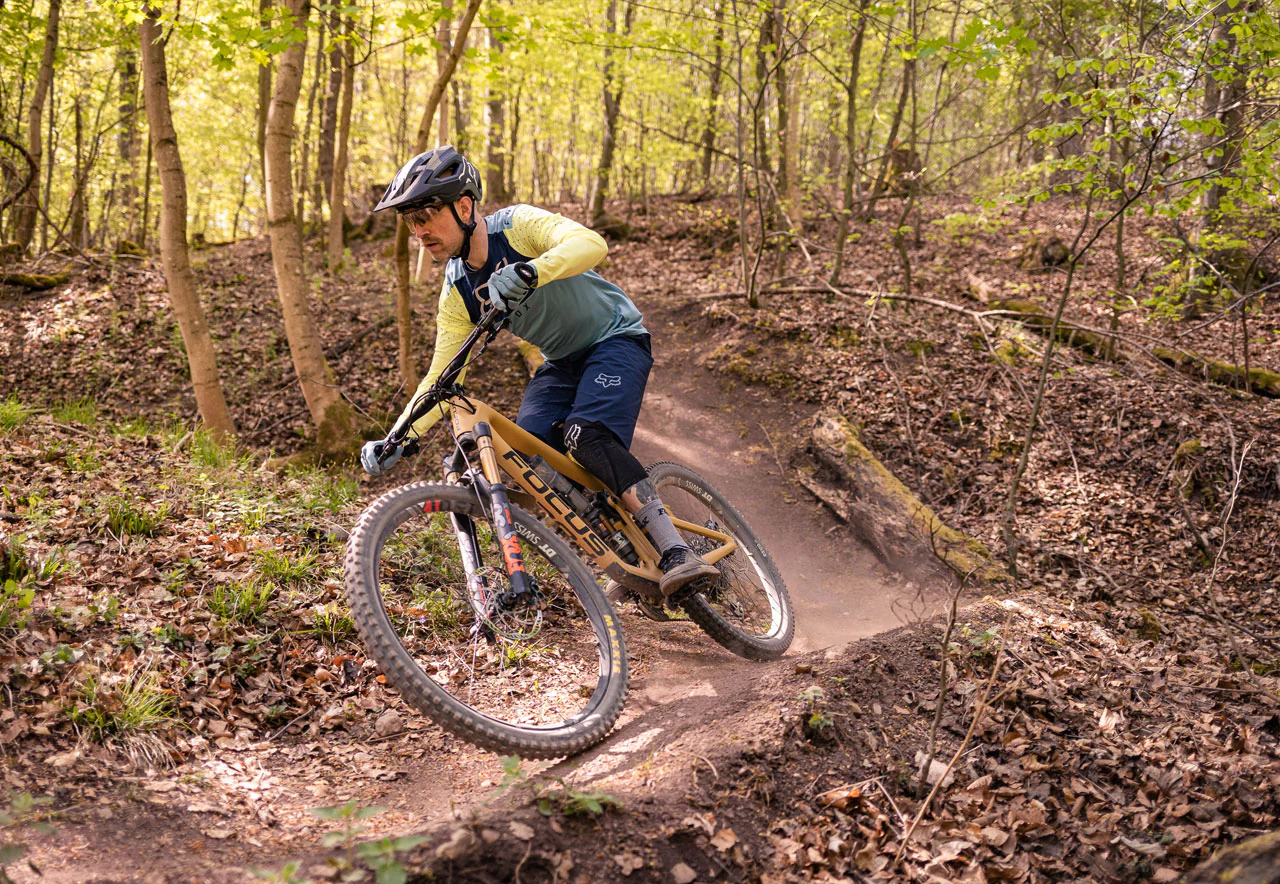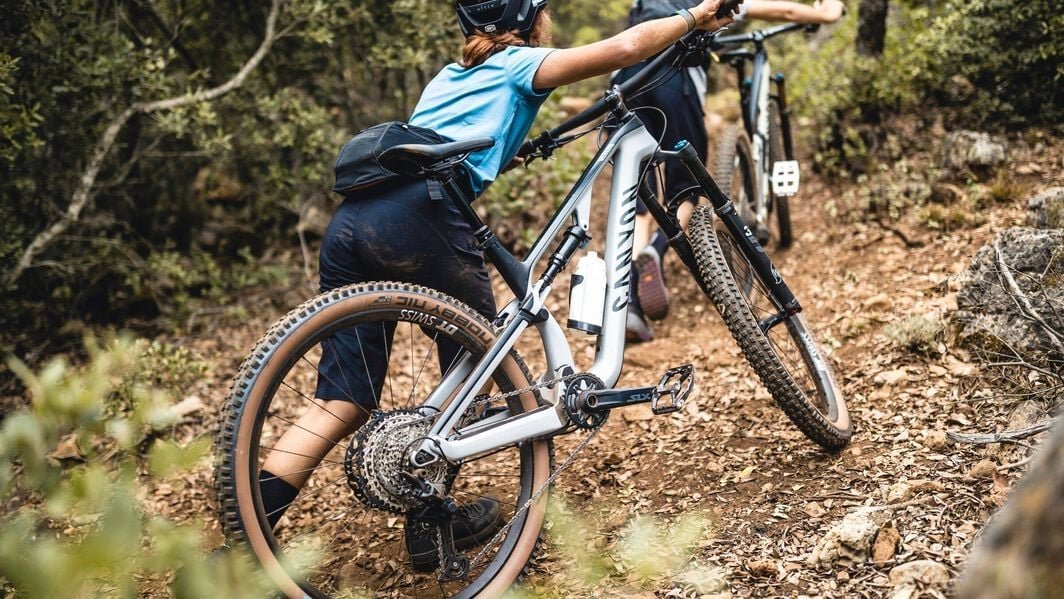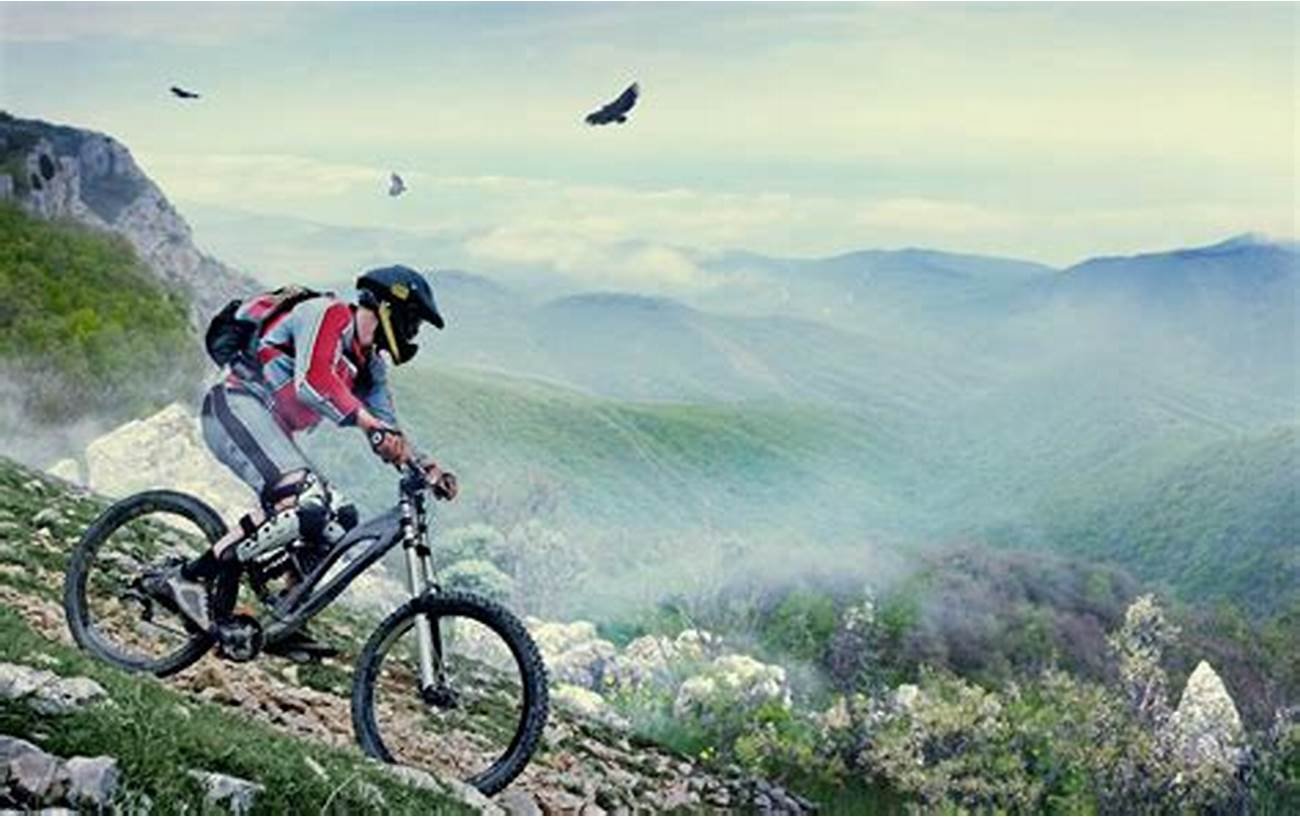Downhill mountain biking is an exhilarating sport that combines speed, skill, and the great outdoors. Riders tackle steep descents, challenging terrain, and technical obstacles, all while experiencing the rush of adrenaline. This guide explores the thrill of downhill mountain biking, highlighting what makes it so exciting and essential tips for getting started.
The Allure of Speed
One of the primary attractions of downhill mountain biking is the sheer speed. Riders navigate steep slopes, often reaching high speeds that create an adrenaline rush. The feeling of flying down a mountain, with the wind in your face and the ground rushing beneath you, is unmatched. This exhilarating experience is what draws many riders to the sport.
Unique Terrain Challenges
Downhill mountain biking takes place on diverse terrains, from rocky trails to smooth dirt paths. Riders must adapt their techniques to handle various obstacles, such as roots, jumps, and drops. Each descent presents new challenges that require quick thinking and precise handling. This constant variation keeps the sport exciting and encourages riders to improve their skills.
The Importance of Technique
Mastering downhill mountain biking requires a solid understanding of riding techniques. Here are some essential skills to focus on:
- Body Positioning: Keep your body low and centered over the bike for better control. Bend your knees and elbows to absorb bumps and maintain stability.
- Braking: Use both brakes effectively, applying the front brake for stopping power while modulating the rear brake for balance. Learning to brake smoothly can prevent skidding and maintain control.
- Cornering: Learn to lean into turns while keeping your body weight centered. Look ahead to anticipate the path and adjust your speed accordingly.
Choosing the Right Bike
Selecting the right bike is crucial for a successful downhill experience. Look for a bike specifically designed for downhill riding, featuring:
- Full Suspension: A bike with both front and rear suspension helps absorb shocks and improves control on rough terrain.
- Robust Frame: A durable frame can withstand the stresses of downhill riding, providing stability and confidence.
- Wide Tires: Tires with aggressive tread patterns enhance grip on various surfaces, allowing for better traction during descents.
Safety Gear is Essential
Safety should always be a top priority in downhill mountain biking. Invest in high-quality protective gear, including:
- Helmet: A full-face helmet offers the best protection for downhill riding, safeguarding your head in case of falls.
- Padding: Knee and elbow pads provide extra protection against scrapes and impacts.
- Gloves: Riding gloves improve grip and protect your hands during falls.
- Eye Protection: Goggles shield your eyes from debris, dust, and branches, ensuring clear visibility on the trail.
Trail Etiquette
Respecting fellow riders and the environment is essential when downhill mountain biking. Follow these guidelines:
- Yield to Others: Uphill riders typically have the right of way. Always be courteous and give way when necessary.
- Stay on Designated Trails: Prevent erosion and protect natural habitats by sticking to established trails.
- Leave No Trace: Pack out what you bring in, including trash and leftover food. Preserve the beauty of nature for future riders.
Joining the Community
Downhill mountain biking boasts a vibrant community of enthusiasts. Joining local clubs or groups can enhance your experience, providing opportunities for group rides, skills clinics, and events. Connecting with other riders can offer valuable tips and support as you progress in the sport.

Conclusion
Downhill mountain biking offers an unmatched thrill that combines speed, skill, and the beauty of nature. By mastering techniques, investing in the right gear, and respecting the riding community, you can fully embrace the excitement of this adrenaline-fueled sport. Whether you’re a seasoned rider or just starting, the downhill mountain biking experience promises to be unforgettable.




